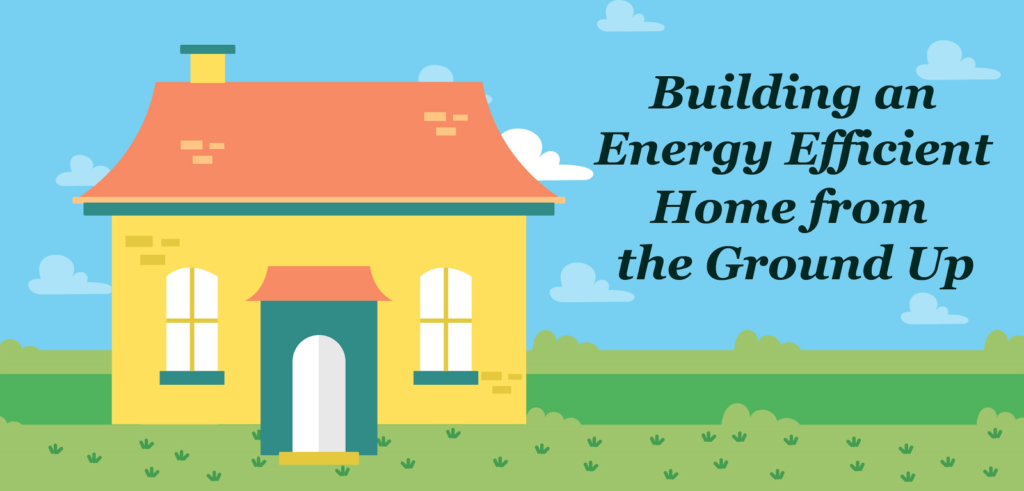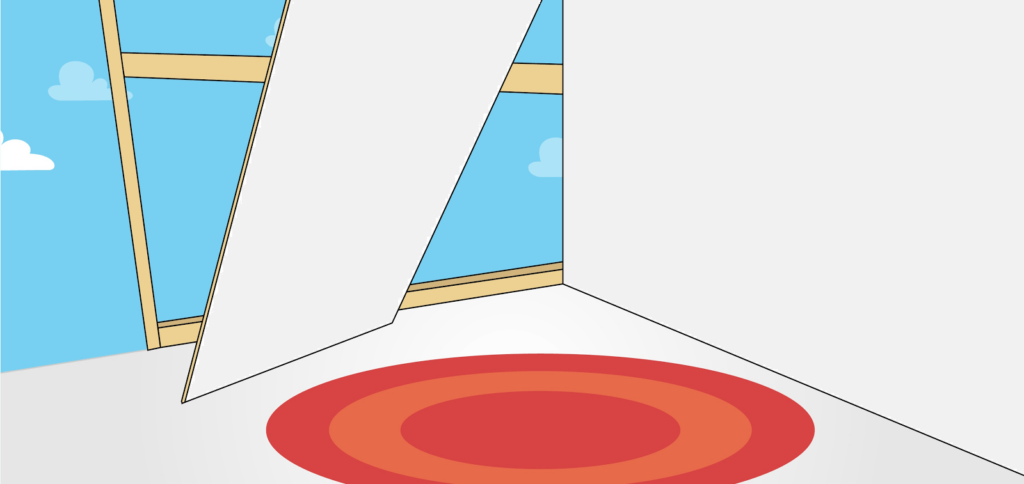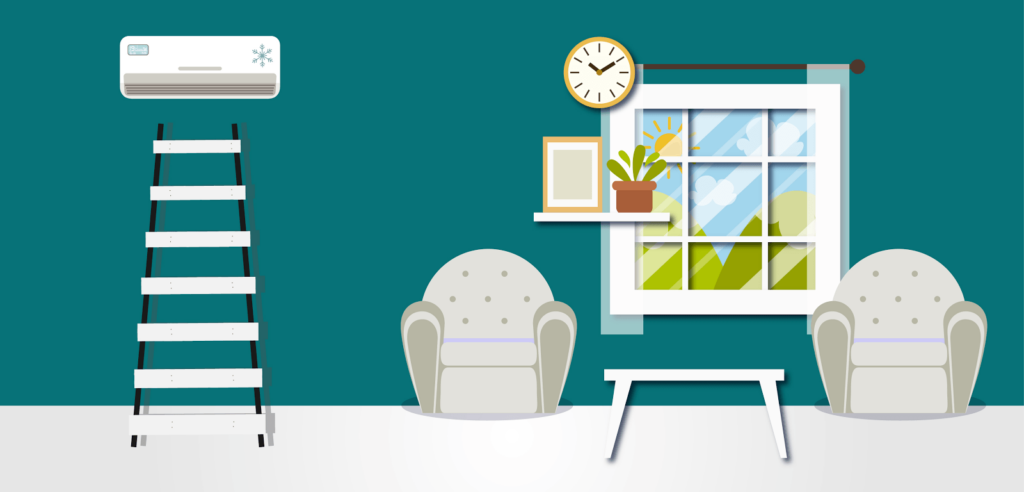Building an Energy Efficient Home from the Ground Up

Are you planning on building a new home? From the foundation to the roof, there are plenty of opportunities to make your new home energy efficient, which will help lower energy bills and increase the value of your home. Where should you begin? Here are ways to build an energy efficient home from the ground up:
Foundation

The foundation should be insulated to increase energy efficiency and make your home more comfortable. It’s recommended that you use insulated concrete forms that have foam insulation layers to insulate your foundation. If your home is going to have a basement, you should also insulate the walls of this room, regardless of whether you plan on spending a lot of time in this space or not.
Walls

People usually don’t give much thought to walls, but they are an important part of every home. Walls separate the interior from the exterior, and they also play a major role in a home’s energy efficiency. Optimum value engineering (OVE) is one of the most energy efficient wall framing techniques. This technique uses less wood than standard wood-framed walls without sacrificing durability or strength. The OVE design also leaves more room within walls for builders to add insulation, so you can increase your home’s energy efficiency with this framing technique.
Structural insulated panels (SIPs) are another great choice for your home. Each panel consists of two layers of oriented strand board with a layer of insulating foam in the middle. Using SIPs for your walls ensures your home is insulated, and doesn’t require any extra work to get the job done since the panels are premade with insulation.
Builders should also pay close attention to air sealing when constructing the walls of a home. Caulking or weatherstripping should be used to seal any seams, cracks, or joints that could lead to air loss once the home is complete. It’s important to pay attention to detail during every step of the process to look for areas that need to be sealed. For example, gaps around electrical panels and light fixtures in the ceiling may need to be sealed with caulking or weatherstripping, but they often go overlooked.
Windows and Doors

Keep energy efficiency in mind when selecting which doors and windows you should include in your home design. A common type of energy efficient door is designed with a steel skin and a foam insulation center. It also has a magnetic strip to seal the door in place and prevent air loss, so there’s no need to apply weatherstripping. This is a great choice for the front door, and any other doors leading to the outside.
It’s recommended that you don’t use a sliding glass door in your home. Glass doors are not energy efficient, but if you want one for your patio, it’s best to choose a swinging door instead of a sliding one. It’s nearly impossible to stop sliding glass doors from leaking air, which is why these are not recommended for energy efficient homes.
Choosing Energy Star windows can also improve the energy efficiency of your home. Pay attention to the energy performance ratings of the windows you select to ensure they are appropriate for your climate. To make windows more energy efficient, you can also add blinds, drapes, or window films. Blinds are effective in reducing the amount of heat that comes into your home during the summer, but they are not ideal for preventing heat from escaping during the winter. Medium-colored draperies that fall to the floor and seal at both sides can help in both the summer and winter. It’s estimated that these drapes can reduce heat loss in the winter by around 25% and reduce heat gain in the summer by about 33%.
Finally, films can be applied over the window to reflect light. But, this option is only recommended for people who live in hot climates, as it is effective in reducing heat gain in the summer, but does not prevent heat loss during the winter.
Interior

The HVAC unit you choose to heat and cool your home should be the right size so you don’t waste energy. The contractor you work with should be able to calculate your home’s load, which is the amount of heating and cooling needed to maintain a comfortable temperature. If you choose a HVAC system with a larger load than necessary, you risk wasting energy every time the system is in use.
You should also select home design software when designing your kitchen and laundry room. An Energy Star refrigerator, for example, uses about 9% less energy than standard models, while an Energy Star washer uses 25% less energy and 45% less water than other models. Including these appliances in your home will greatly reduce the amount of energy you use on a daily basis.
Most flooring materials do not provide much insulation. However, many engineered wood floors are backed with foam that acts as an insulator, so these may keep your home more comfortable. Carpet can also act as an insulator, especially if you add a layer of insulation underneath. You also have the option of adding area rugs to provide a bit more insulation to your floor.
Roof

Now, onto the roof. To put the finishing touches on your energy efficient home, consider adding a cool roof, which is designed to reflect less sunlight and absorb less heat than traditional roofs. A cool roof will keep your home at a more comfortable temperature without the help of your air conditioner, so you can greatly reduce your energy use, and therefore your energy bills.
To create a cool roof, builders use a cool roof coating, which is applied directly over your roofing material. However, this cool roof coating will not work with every type of roofing material. If you are thinking of using shingles, it is best that you look for special shingles designed with “cool roof” granules instead of applying this coating. The granules reflect light and absorb less heat in the same way that the cool roof coating does, so you will achieve the same energy efficiency.
You should also keep color in mind when choosing your roofing material. Dark colors absorb more heat than light colors, so a dark colored roof will reach higher temperatures than a light colored one. The hotter your roof is, the hotter the inside of your home will become, and the more you will have to depend on your air conditioner to stay comfortable.
Building an energy efficient home takes a lot of careful planning, but the results are well worth the effort.


